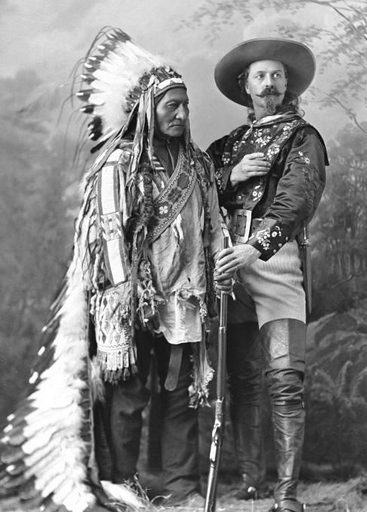Question 8: Everyone is on the move in this novel, road trips abound and in order to hit the road what do we need? — a road map. At the same time, Lionel, Charlie and Alberta are each seeking direction in life. As Goldman says, “mapping is a central metaphor” (24) of this novel. Maps chart territory and provide directions, they also create borders and boundaries and they help us to find our way. There is more than one way to map, and just as this novel plays with conflicting story traditions, I think King is also playing with conflicting ways to chart territory. What do you think lies at the centre of King’s mapping metaphor? Marline Goldman, “Mapping and Dreaming; Native Resistance in Green Grass Running Water.” Canadian Literature 161-162 (1999). Web. April 04/2013.
In our previous lessons we learned about the importance that maps play in the national narrative of Canada. Mapping is a method in which colonial power is achieved through the erasure of “the other”. In “Green Grass Running Water” King subverts this colonial cartography by challenging the power of Bill Bursum’s prized map during the screening of the Western film “The Mysterious Warrior”. The four Indians reverse the racial and power dynamics in the film by forcing the white men (such as John Wayne) off “The Map”. The allusions present in Bill Bursum’s name give a historical context for his imagined power and suggests a reason why resistance has been vital in regaining cartography and ensuring First Nation survival amidst numerous challenges.
Bill Bursum’s entertainment store contains television screens that he placed in the shape of a map of Canada and the United States. He is an aficionado of western films which alludes to his connection to Buffalo Bill who was the creator of “Buffalo Bill Cody’s Wild West Show”, a theatrical show that recreated frontier events. Buffalo Bill notoriously exploited Native Americans by recruiting performers from different tribes. The performances glorified Bill while vilifying the Indians as “bad guys” (“Buffalo Bill’s Wild West show”). Bursum, similarly re-creates this one-sided power through his map which he thinks as “being able to see everything, being in control” (King 140). Florence Stratton suggests that “The Map” is a Panopticon in which “the individual becomes an object of knowledge over whom power is excised” (94).The maps power is further solidified through the films that Bursum shows. The films seem to repeat Buffalo Bill’s script of the glorification of white individuals through the massacre of Indians, which Bursum knows by heart; “quiet (…) the good part is coming up” (King 351).
The eventual disruption of the script during Lionel’s birthday can be traced back to the historical events surrounding Holm Bursum a New Mexican senator that introduced the Bursum bill in 1921. The bill was intended to settle land disputes over ancestral Pueblo territory, by allowing European American settlers to buy the land (“History: Statehood”). If the bill had passed, the Pueblo Indians would have lost ownership over their fertile land. The Pueblo Indians resisted against the colonial measures and in 1924, the Pubelo Lands Act was passed which recognized their land rights, and provided compensation for property (History: Statehood”). The four Indians similarly resisted colonial scripts by reversing the ending of the film through their humming. They caused the death of John Wayne and Richard Widmark as well as making “hundreds of soldiers in bright blue uniforms” disappear (King 357). Forcing the white men off the map destabilized the permanence that Bursum felt, because he was no longer included within it. Trying to regain power he kept pushing the rewind button, but nothing changed; “Well, something sure as hell got screwed up” (King 359). The shift from black and white to color during the film suggests that the readers perspective must also change. Similar to Bursum we all have scripts that we follow in our lives, but King challenges us to create new perceptions and to question old beliefs. So, like Bursum we have lost the ability to rewind.
Works Cited:
“Buffalo Bill’s Wild West show opens.” History. History Channel, 9 May. Web. 6 July 2015. <http://www.history.com/this-day-in-history>.
“History:Statehood .” New Mexico Museum of Art. N.p., n.d. Web. 6 July 2015. Path: http://online.nmartmuseum.org/.
King, Thomas. Green Grass Running Water. Toronto: Harper Collins, 1993. Print.
Notman, David. Sitting Bill and Buffalo Bill. 1885. Montreal. Web. 5 July 2015. <https://commons.wikimedia.org>.
Stratton, Florence. “Cartographic Lessons Susanna Moodie’s Roughing It in the Bush and Thomas King’s Green Grass, Running Water.” Canadian Literature (1999): 82-102. Canlit.ca. Web. 5 July 2015.

